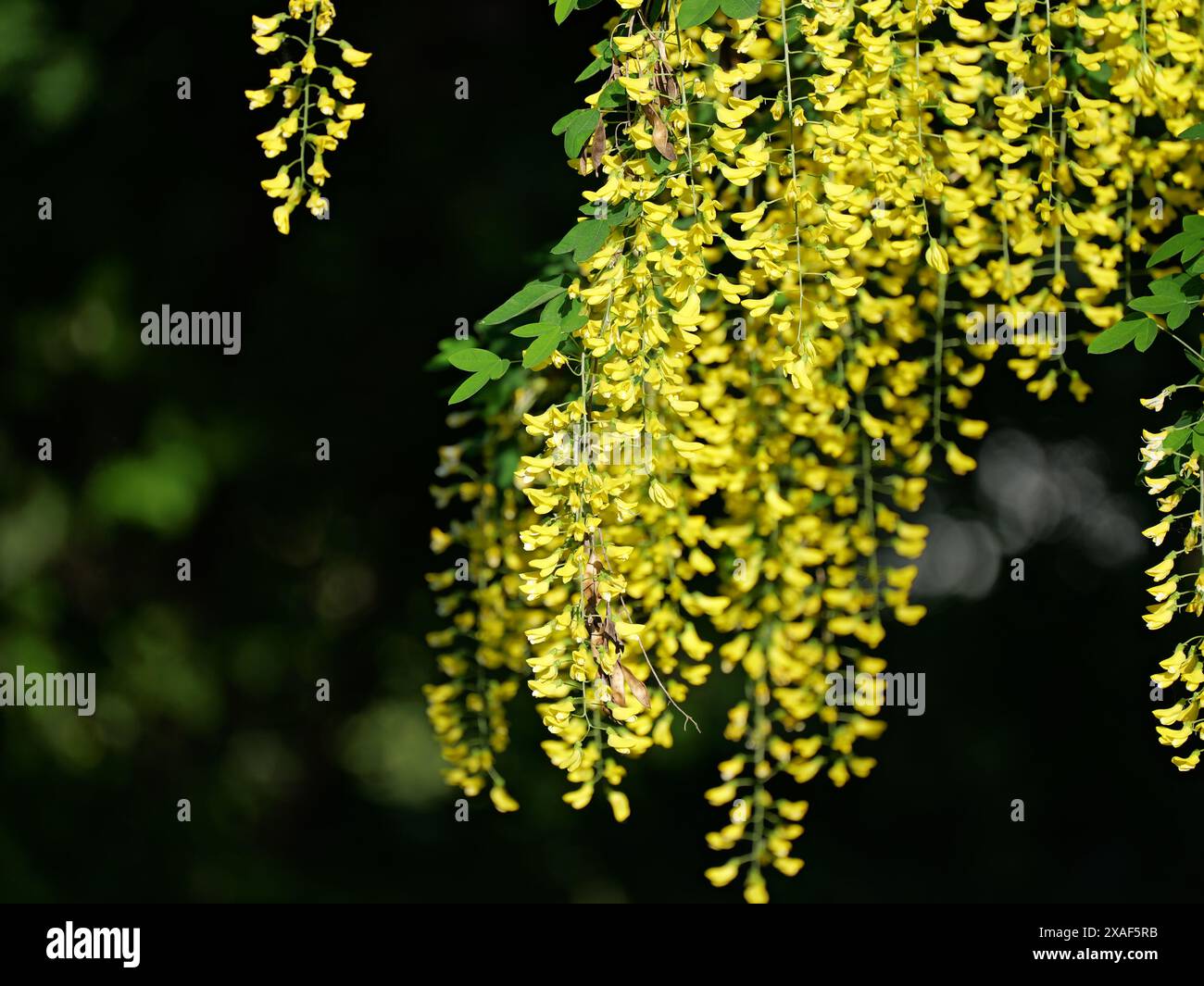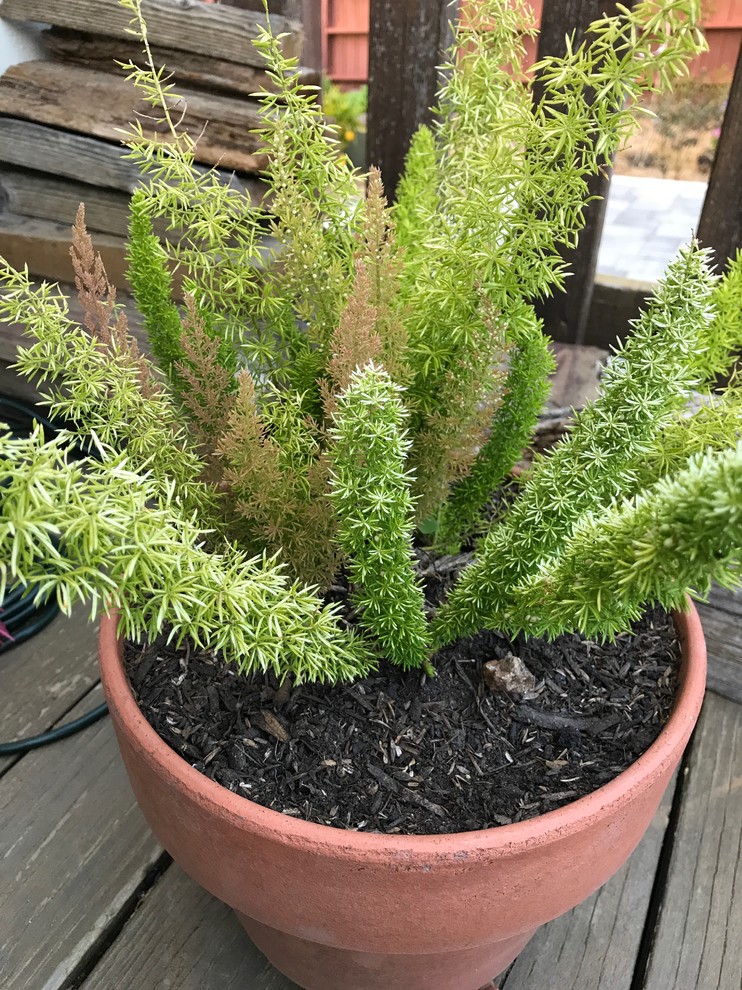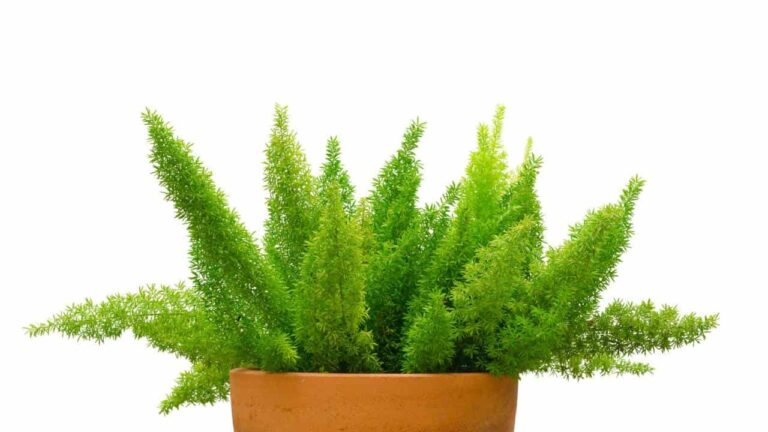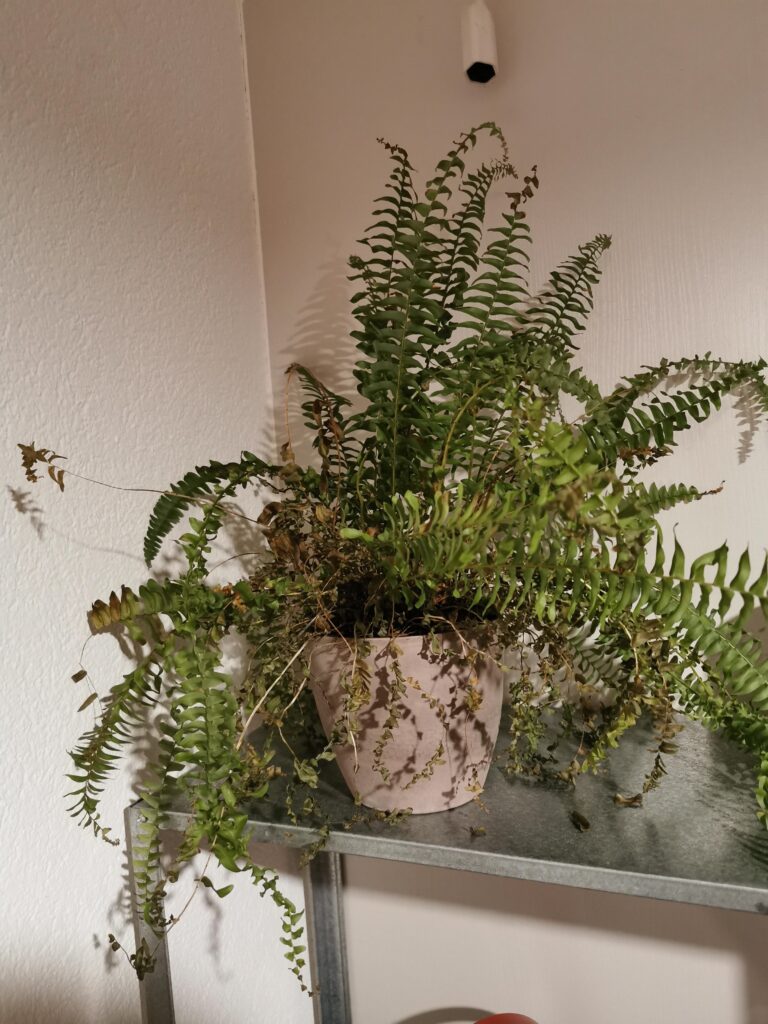Understanding Fern Plants
Ferns are unique and fascinating plants known for their lush green foliage and intricate fronds. Understanding their reproduction methods and characteristics can help gardeners make informed decisions about their care and propagation.
Plant Reproduction Methods
Ferns have a distinctive reproduction process compared to many other plants. Unlike most flowering plants, ferns reproduce by producing spores instead of seeds. These spores are usually found on the underside of the fronds (USDA Forest Service).
Here’s an overview of fern reproduction methods:
-
Spore Production:
- Sexual Reproduction: Ferns typically reproduce sexually through tiny spores. These spores are released into the environment where they eventually grow into new fern plants.
- Gametophyte Stage: The spores grow into a heart-shaped gametophyte, which is a small, independent plant that produces both male and female gametes. When the conditions are right, fertilization occurs, and a new fern grows from the fertilized egg.
-
Vegetative Propagation:
- Rhizomes: Some ferns reproduce asexually through rhizomes, which are horizontal underground stems that produce new shoots and roots.
- Walking Fern: A type of vegetative reproduction where new plants form from the tips of the fronds that touch the ground and take root.
-
Fragmentation:
- Asexual Reproduction: Small parts of the parent plant fall to the ground and grow into new plants. This method is common in liverworts and mosses, but some ferns also use this mode of reproduction.
Vegetative propagation creates genetically identical clones of the parent plant, which can be beneficial for maintaining specific traits but results in reduced genetic diversity. For more information on fern propagation techniques, visit our guide on fern plant propagation.
Characteristics of Fern Plants
Ferns have several distinct characteristics that set them apart from other plants:
- Non-Flowering: Ferns do not produce flowers or seeds. Instead, they have roots, stems, and leaves, often referred to as fronds.
- Fronds:
- Structure: Fern fronds are typically divided into leaflets or segments, giving them a feathery or lacy appearance.
- Function: The fronds not only aid in photosynthesis but also play a vital role in reproduction by bearing the spores.
- Root System:
- Rhizomes: Ferns often have rhizomes, which are underground stems that help in vegetative propagation and nutrient storage.
- Adventitious Roots: These roots can grow from the rhizomes or the base of the fronds, anchoring the plant and absorbing water and nutrients.
- Growth Habit:
- Epiphytes and Terrestrial: Ferns can grow in various environments, including on the ground, on rocks, or as epiphytes on trees.
- Indoor and Outdoor: Ferns can be grown both indoors and outdoors, depending on their specific light, soil, and water requirements.
Despite their delicate appearance, ferns are quite resilient and can adapt to various growing conditions. To learn more about the specific care needed for indoor ferns, check out our articles on fern plant care and fern plant light requirements.
By understanding the unique reproduction methods and characteristics of ferns, gardeners can better appreciate these ancient plants and ensure their healthy growth in any setting.
Fern Plant Varieties
Bidens: The Prolific Flower
Bidens are recognized for their prolific flowering capabilities and vibrant yellow or orange daisy-like blooms. Often referred to as Spanish needles, tickseed sunflowers, or beggarticks, these plants are celebrated for their ornamental value (The Spruce). Despite their popularity, it’s important to note that Bidens do not qualify as ferns but are closely related flowering plants often mistaken for fern-like foliage.
| Bidens Characteristics | Details |
|---|---|
| Bloom Period | May to October |
| Bloom Duration | 2-3 weeks |
| Sunlight Requirement | Full sun (at least 6 hours of direct sunlight daily) |
| Soil Preference | Rich, well-drained |
| Plant Zones | Zones 8-11 (perennial), Annual in colder climates |
Bidens thrive best in rich soil with adequate drainage, and they bloom continuously throughout their growing season. These plants demand direct sunlight to produce their best blooms and prevent legginess (The Spruce). For gardeners seeking abundant, bright yellow flowers, Bidens are an excellent addition to sunny gardens or pots.
Sword Fern: The Resilient Choice
Sword ferns are among the most resilient fern varieties and are known for their robust fronds and ease of care. Unlike Bidens, the sword fern fits the classical image of a fern plant and does not produce flowers. This hardy fern, often used in both indoor and outdoor landscaping, demands minimal maintenance and adapts well to various environments.
| Sword Fern Characteristics | Details |
|---|---|
| Frond Structure | Long, arching fronds with a dense growth habit |
| Sunlight Requirement | Partial to full shade |
| Soil Preference | Rich, well-drained, and moist |
| Plant Zones | Zones 3-8 (hardy) |
Sword ferns thrive in environments that provide partial to full shade, paired with rich, moist, and well-drained soil. These ferns can withstand colder temperatures and prefer cooler, shaded environments (fern plant care outdoor). They are especially suited for gardeners looking to add lush greenery to shaded garden spots or as a houseplant in less sunny indoor locations (fern plant in pot).
For gardening enthusiasts, understanding the differences between fern-like flowering plants and true ferns is crucial. While Bidens provide floral beauty with minimal sunlight, sword ferns offer tough, verdant foliage that thrives in low-light conditions. For more on ferns and their care, explore our article on fern plant care.
Growing Ferns Indoors
Growing ferns indoors can be a rewarding experience for gardeners. By providing the right conditions, such as optimal light and soil as well as proper care, you can enjoy lush and vibrant ferns in your indoor spaces.
Light and Soil Requirements
When it comes to ferns, light and soil play crucial roles in their growth and overall health. Most ferns prefer indirect light and can thrive in shady spots. Direct sunlight can be too intense for ferns and may cause their leaves to scorch. However, certain varieties like the Bidens need more sunlight (The Spruce). For more on light needs, check our article on fern plant light requirements.
| Type of Fern | Light Requirement | Soil Requirement |
|---|---|---|
| Sword Fern | Indirect or filtered light | Rich, well-draining soil |
| Brake Fern | Low to medium light | Well-draining, moist soil |
| Bidens | Full sun (at least 6 hours) | Rich soil with sufficient drainage |
Figures courtesy The Spruce and Royer’s Flowers & Gifts
When selecting soil for indoor ferns, opt for a mix that retains moisture but also allows for adequate drainage. A potting mix designed for houseplants, enriched with organic matter, is usually ideal.
Watering and Maintenance Tips
Proper watering and maintenance are essential for keeping your indoor ferns healthy. Overwatering or underwatering can lead to issues like root rot or dryness, respectively. Here are some tips to help you maintain your ferns:
-
Watering: Most ferns prefer consistently moist soil but do not tolerate waterlogged conditions. Water your ferns when the top inch of the soil feels slightly dry. It’s essential to ensure the pot has proper drainage holes to prevent standing water. For more detailed watering guidelines, refer to our fern plant watering article.
-
Humidity: Ferns thrive in humid environments. If the air in your home is dry, consider misting the leaves regularly or using a humidifier. Placing a tray of water near the fern can also help increase humidity around the plant.
-
Feeding: During the growing season, from spring to early autumn, feed your ferns with a balanced, water-soluble fertilizer every four to six weeks. Dilute the fertilizer to half the recommended strength to avoid overfertilizing.
-
Pruning: Remove any dead or yellowing fronds to keep your fern looking tidy and to encourage new growth. Regularly check for pests such as mealybugs and spider mites and treat them promptly.
Regular maintenance can prevent common issues like your fern plant turning brown or your fern plant dying. For more about caring for ferns in different settings, explore fern plant care and fern plant in pot.
By adhering to these guidelines, gardeners can cultivate healthy and thriving ferns indoors, adding a touch of greenery to their living spaces.
Yellow Flowering Plants
Daffodils and Forsythias
Daffodils are a common and popular choice among gardeners looking for yellow flowering plants. These perennials, also known as Narcissus, are renowned for their trumpet-shaped blooms that herald the arrival of spring. The variety Narcissus ‘Rip Van Winkle’ is particularly notable for its multi-petalled flowers. Daffodils are typically planted as bulbs in October and bloom from March to April, offering an extended flowering season through different cultivars. For more detailed plant care, you can refer to our section on fern plant care in winter.
Forsythias are another vibrant option for adding yellow hues to a garden. These shrubs display bright yellow flowers on bare branches early in the spring, making them a striking addition to garden borders. However, forsythias are best suited for larger gardens, as they tend to offer visual interest for only one season (Gardeners’ World). To learn more about fern-specific lighting needs, you might want to check out our guide on fern plant light requirements.
Marigolds and Buttercups
Marigolds are beloved for their cheerful yellow and orange flowers. These annuals, known for their vibrant colors and strong scent, are often associated with positive energy, good fortune, and protection from negative influences (Flora Queen). Marigolds thrive in sunny locations and require regular watering. For optimal indoor growth of marigolds, consider some of the maintenance tips found in our fern plant in pot section.
Buttercups, with their delicate yellow petals, are symbols of youthful innocence, joy, and playfulness. These perennial flowers evoke a sense of childlike wonder, reminding us to embrace the simple pleasures in life. Buttercups are often associated with the happiness and rejuvenation that come with the arrival of spring. Further insights on watering needs can be found in our fern plant watering article.
| Flowering Plant | Light Requirements | Watering Needs | Flowering Season |
|---|---|---|---|
| Daffodils | Full Sun to Partial Shade | Moderate | March to April |
| Forsythias | Full Sun | Moderate | Early Spring |
| Marigolds | Full Sun | Regular | Summer |
| Buttercups | Full Sun to Partial Shade | Moderate | Spring |
These yellow flowering plants can bring joy and vibrancy to any garden. While focusing on ferns, don’t overlook the opportunity to diversify your garden with these beautiful yellow blooms. For more information, explore our articles on fern plant propagation and fern plant temperature tolerance.




